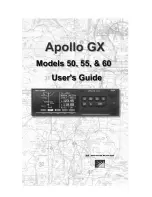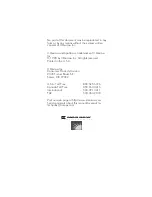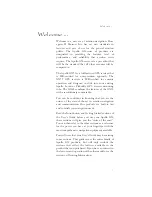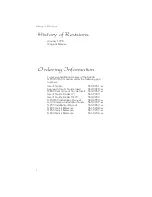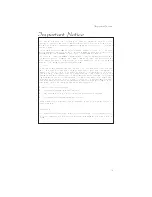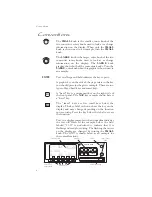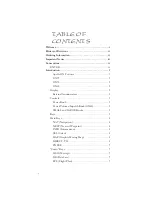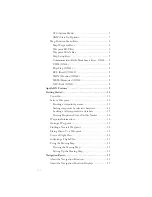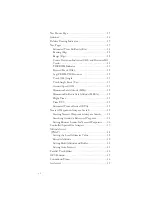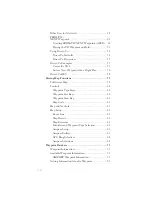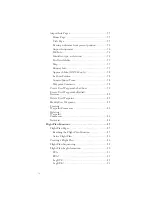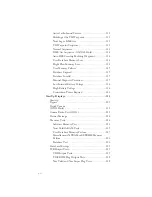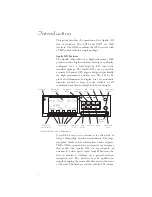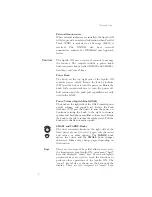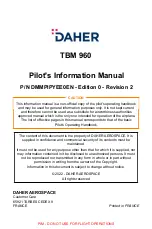
Conventions
The SMALL knob is the smaller, inner knob of the
two concentric rotary knobs used to look at or change
information on the display. When only the SMALL
knob is shown next to an example, turn the SMALL
knob.
The LARGE knob is the larger, outer knob of the two
concentric rotary knobs used to look at or change
information on the display. The LARGE knob
graphic shows both of the concentric knobs. Turn the
LARGE, outer knob when this graphic is shown next to
an example.
ENTER
Text in all caps and bold indicates the key to press.
A graphic key on the side of the page refers to the key
you should press for the given example. There are two
types of keys: hard keys and smart keys.
A “hard” key is a permanent key on the right side of
the front panel. The NAV key example shown here is
a “hard” key.
The “smart” keys are five small keys below the
display. The key label is shown above the key on the
display and may change depending on the function
you are using. Press the key below the label to access
the function.
Text in a display example with an underline indicates
the text will flash. In the example below, the field
labeled “01:23” is underlined to indicate that it is
flashing and ready for editing. The flashing characters
on the display are changed by turning the SMALL
knob. The GX55 is shown below as an example for
the control locations.
iv
Conventions
MSG
NAV
POLLO
A
GX55
NAV
NRST
INFO
SEL
ENTER
MAP
D
Power
Hard Keys
Smart Keys
Flashing field
Large, Outer
Knob
Small, Inner Knob
ete SLE
1.006
Brg 126 123nm
01:23
“
SYS
FPL
DB
MSG
Smart Key
Annunciator
Summary of Contents for Apollo GX 50
Page 1: ......
Page 17: ...I 270 K 270 L 270 M 270 N 271 O 272 P 272 R 272 S 273 T 273 U 274 V 274 W 274 xv ...
Page 18: ...xvi ...
Page 88: ...Notes 70 Moving Map Functions ...

